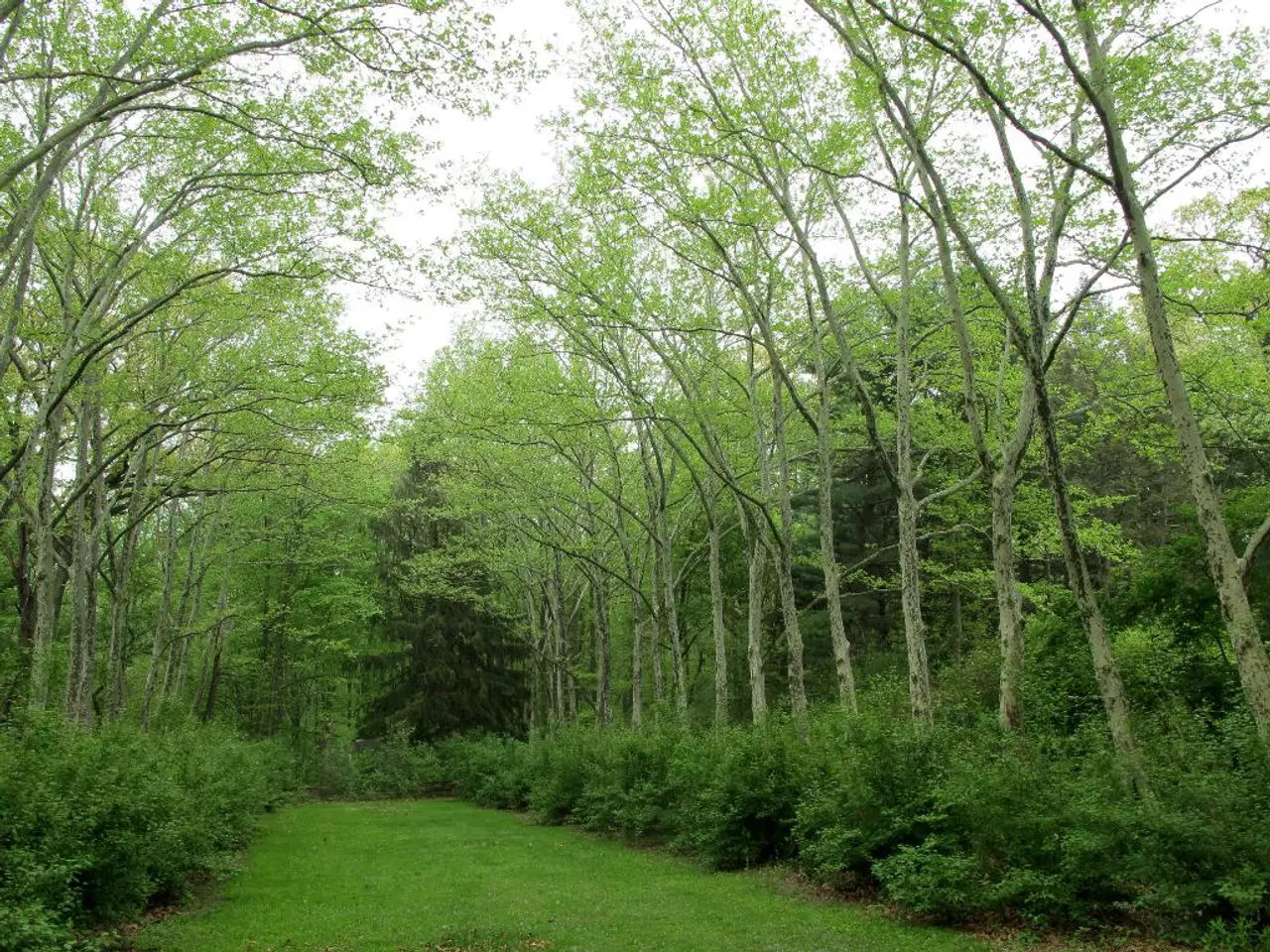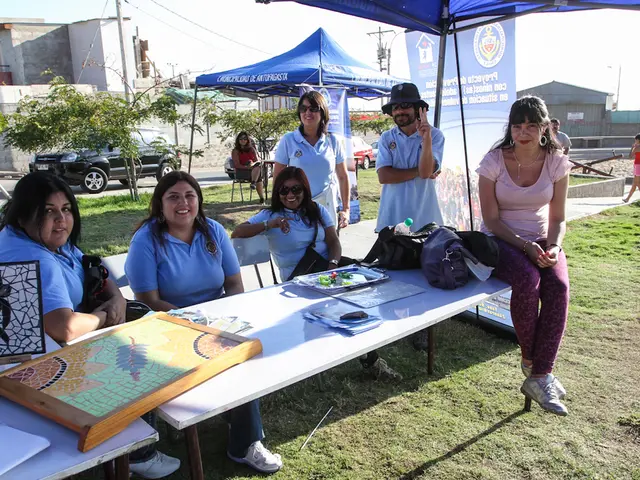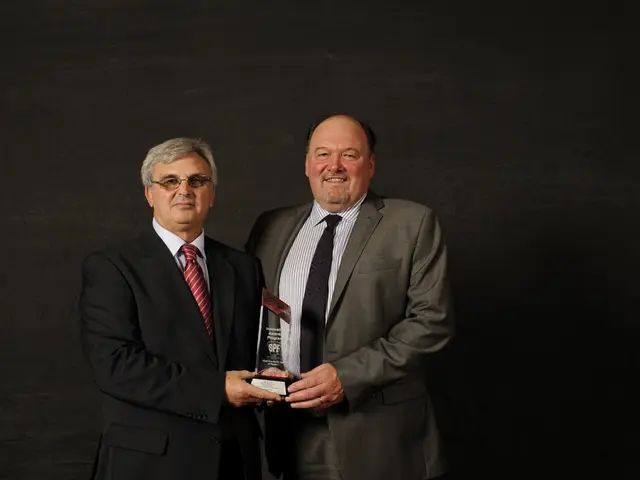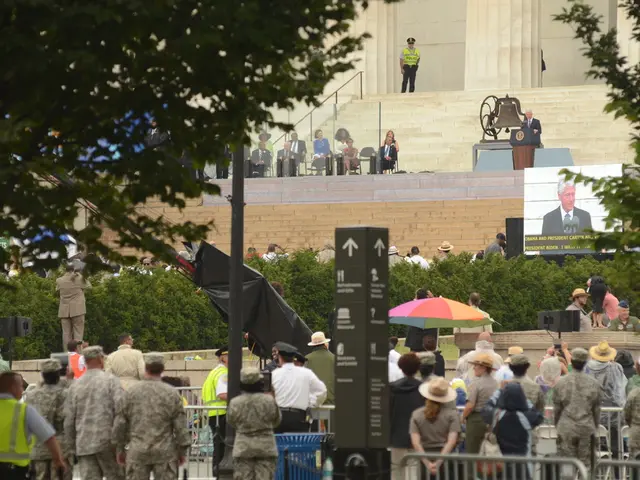Informed Individual Receives Outline of the Following Details:
In the heart of the Ruhr area, Bottrop stands out as the greenest city, with a strong focus on promoting biodiversity and sustainable urban design.
The city's Environmental and Green Affairs department has taken the lead in this initiative, focusing on inner-city areas and settlement zones. Roadside greenery can be found on Devensstraße, Hans-Böckler-Straße, Kirchhellener Straße, and Parkstraße, while partial areas are mowed in shifts and old grass strips are established.
Bottrop's commitment to greening extends to its parks. Examples include the Volkspark Batenbrock, Prosper Park, the Nature and Experience Park Welheimer Mark, and the Blossoming Meadow. The city has also implemented the concept for the ecological development of field and bankside strips in the "Pilot Area Goldbredde" in Kirchhellen.
Along roads in Bottrop, only the safety strips immediately adjacent to the road are mowed more frequently. A switch from conventional mulch mowing to extensive mowing with a flail mower and removal of the mowed material is practiced. This approach creates insect and plant oases, as maintenance intervals are reduced and adapted to vegetation phases.
Bottrop's greening efforts also extend to facade and roof greening, with the aim of improving the food supply for flower-visiting insects. The city has also established blossoming meadows with a high proportion of native seed on parking lots and along roads.
The city's green spaces are not limited to traditional parks and roadside greenery. The development and maintenance of industrial nature areas on the Beckstraße, Haniel, and Schöttelheide hills are ongoing projects. The Welheim wetland biotope is being transformed, and willow management is done to promote species diversity.
Bottrop is also home to various targeted species conservation projects. The lapwing protection project in Kirchhellen and the conversion of an old bunker into a bat habitat in the Köllnischer Wald are just a few examples. The Kirchhellen's East Cemetery has been awarded as a butterfly-friendly cemetery, and natural design of cemetery areas with blossoming meadows is practiced.
Rainwater management is another key aspect of Bottrop's green strategy. Rainwater is collected in troughs and infiltrates locally. Planning, design, and maintenance of rainwater retention basins with a view to promoting biodiversity are done, such as at Schlagkamp/Schultenkamp in Kirchhellen.
Bottrop adheres to the biodiversity strategy adopted by the Regional Association Ruhr in 2022. Over half of Bottrop's territory is designated as nature and landscape protection areas, and around 16% of the city is a biotope connection area.
The city's green initiatives are the result of a collaborative effort. The concept for the ecological expansion and enhancement of municipal green space maintenance in Bottrop was developed by the city itself, with initiatives and support from local political groups such as CDU and other civic stakeholders focused on greening, desilting, and climate-resilient urban design.
Protecting and promoting biodiversity in Bottrop requires conscious planning and sustainable measures. By embracing these principles, Bottrop continues to set a strong example for other cities in the Ruhr area and beyond.
Read also:
- Peptide YY (PYY): Exploring its Role in Appetite Suppression, Intestinal Health, and Cognitive Links
- Toddler Health: Rotavirus Signs, Origins, and Potential Complications
- Digestive issues and heart discomfort: Root causes and associated health conditions
- House Infernos: Deadly Hazards Surpassing the Flames








